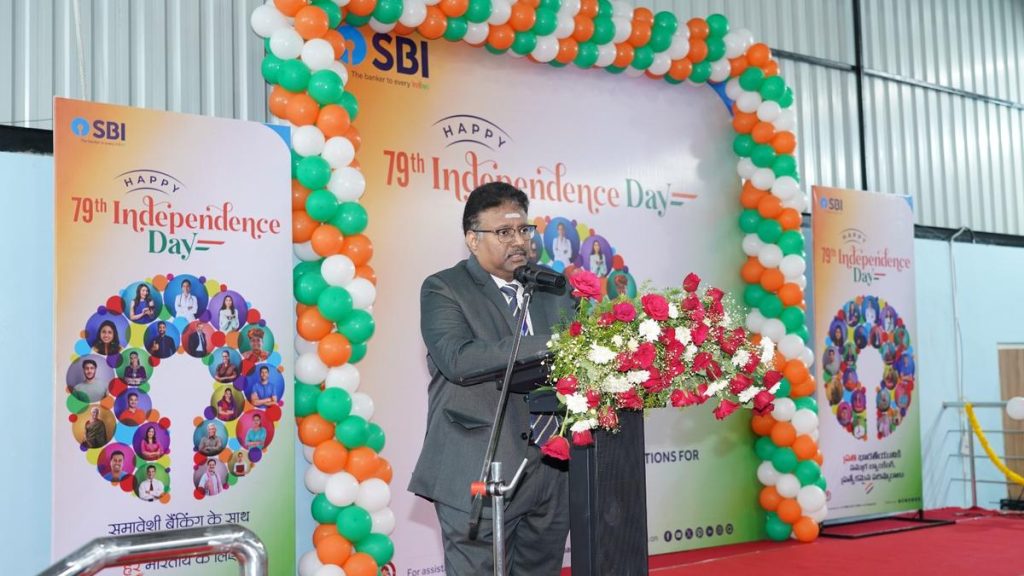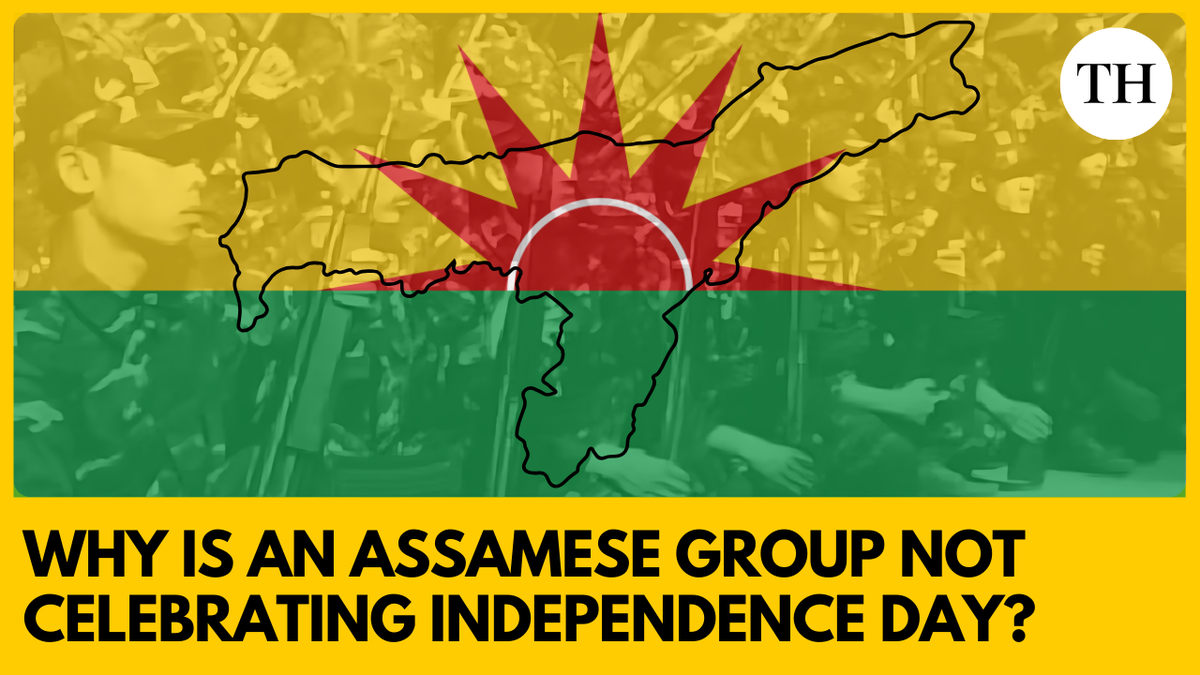Now Reading: Stree Shakti to Boost Women’s Financial Independence: CM Chandrababu Naidu
-
01
Stree Shakti to Boost Women’s Financial Independence: CM Chandrababu Naidu
Stree Shakti to Boost Women’s Financial Independence: CM Chandrababu Naidu
Quick Summary
- Launch of Free Bus Travel for Women: Chief Minister N. Chandrababu Naidu inaugurated ‘Stree Shakti,’ a free bus travel scheme for women in Andhra Pradesh, describing it as “a brother’s gift to his sisters” on Independence day.
- Scheme Details:
– Free travel available in 5 categories of APSRTC buses across the state.
– Covers 8,458 out of the total 11,449 buses (74%).
- Infrastructure Updates:
– the APSRTC fleet will receive 1,050 new electric buses; going forward, only electric vehicles will be procured.
– GPS installed in buses for real-time tracking; focus placed on cleanliness and infrastructure upgrades at depots and stations.
- Support to auto-Rickshaw Drivers: Measures announced to mitigate potential livelihood impacts on auto-rickshaw drivers due to the scheme.
- Safety Measures:
– CCTV cameras and pocket cameras introduced for women’s safety.
– Women conductors included in staffing plans with aim of introducing female drivers.
- Policy Justification & Party Legacy:
– CM Naidu cited TDP’s legacy of promoting women’s welfare as its inception under N.T. Rama Rao’s leadership (e.g., reservations and property rights).
– Financial independence and empowerment identified as key goals.
- Deputy CM Pawan Kalyan highlighted cost savings (₹1,500-2,000 per month) for women from zero-fare tickets while emphasizing safety benefits under ‘Stree Shakti.’
Indian Opinion Analysis
The launch of ‘Stree Shakti’ signals an enterprising policy move aimed at empowering women through enhanced mobility and financial relief. By heavily subsidizing public transportation access for over half the population-women-the government has not only made a social welfare statement but also reinforced trust-building during a financially-challenging environment.
The addition of safety measures like CCTV monitoring may boost confidence among women commuters while aligning with broader concerns over public transport security.Additionally, transitioning toward electric buses highlights an environmental consciousness that reflects both modernization efforts within APSRTC operations and lasting transit initiatives critical to India’s evolving urban transport systems.Though, logical challenges exist in implementing such sweeping subsidies without clear long-term clarity on how costs are balanced amidst fiscal constraints. Mitigating unintended effects-for instance, impact on auto-rickshaw drivers-is commendable but stands as another test for policymakers navigating economic ripple effects already surfacing.This program underscores an emerging trend where governments blend populist initiatives with attempts toward infrastructural modernization-a balancing tightrope India often finds itself negotiating between inclusive growth aspirations versus resource-conservative realities.
For more data: Link
























